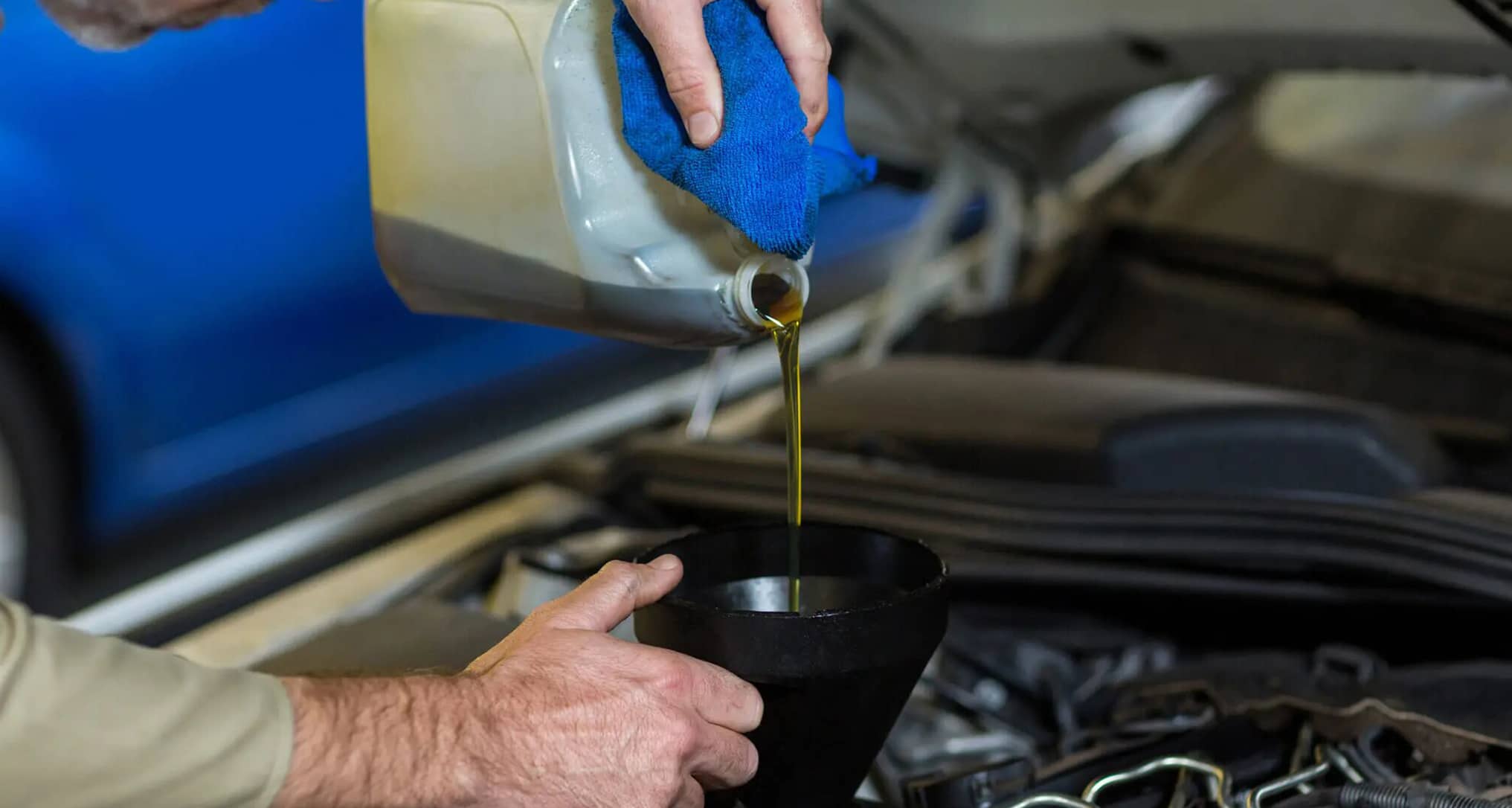- Joined
- Jun 24, 2008
- Messages
- 49,587
- Location
- London
- Car
- 2022 Hyundai IONIQ 5 RWD / 2016 Suzuki Vitara AWD
Again - on a manual....With a foot over the clutch, thought not required - instinct.
Follow along with the video below to see how to install our site as a web app on your home screen.
Note: This feature may not be available in some browsers.
Again - on a manual....With a foot over the clutch, thought not required - instinct.
Stamp on the brake pedal in an auto and stick it in neutral.Again - on a manual....
Stamp on the brake pedal in an auto and stick it in neutral.
(Another good reason for left foot braking in an auto - brake already covered).
That guy let his Escort runaway for longer than it took me to type this sentence. Should he have a licence?
It spooks me that both my steering and braking (HydroBoost) assistance hang on the cross-sectional area of a serp belt...I once managed a roundabout on a NSL dual carriageway without PAS or much in the way of servo braking after the engine stopped dead on my Ford Granada (it was an auto, so no engine braking to speak of either). Took a bit of effort for sure, but I got away with it.
Switch engine off is also an option.Select neutral - danger to life and limb removed.
Neat trick when doing 100 on the M6 with stuck pedal.A diesel can always be shut down by depriving it of air. A block of wood over the air intake / turbo inlet will suffice.
You might want to keep it running for the PAS and in my case, powered brakes. Depends though if the engine is heading for destruction (diesel) or merely banging on the rev limiter (petrol).Switch engine off is also an option.
With a foot over the clutch, thought not required - instinct.
Similarly, I reckon that half of all airplane crashes could have been avoided if the pilots were quick to think and applied the correct solution at the earliest opportunity... and yet crash they do (not too often, thankfully) .
..... just the once!!!!!!.. ...and yet crash they do (not too often, thankfully) .
I might have dreamt this . Was there not a car (in the 1980's ??) that if the front seat passenger in a right hand drive model stamped on the footwell the brakes came on ?? Something to do with RHD cars being poorly adapated.
I am inclined to say Skoda ? I'm off out soon but it's stuck in my head so I might Google it later.
Or it could be complete Boll0k$
My understanding of 'runaway' on a diesel engine is it happens on start up due to the injection pump rack being stuck open for one reason or another. Unlikely to happen if you have already managed to drive x number of miles and are on a motorway cruise, unless it is caused by another issue such as turbo failure.Neat trick when doing 100 on the M6 with stuck pedal.
You’d have thought with a runaway it would be safer in an EV - after all the range is so low and they don’t cover the quoted miles per kW etc so would likely be ready to stop for a charge up anyway?
You’d have thought with a runaway it would be safer in an EV - after all the range is so low and they don’t cover the quoted miles per kW etc so would likely be ready to stop for a charge up anyway?
My understanding of 'runaway' on a diesel engine is it happens on start up due to the injection pump rack being stuck open for one reason or another. Unlikely to happen if you have already managed to drive x number of miles and are on a motorway cruise, unless it is caused by another issue such as turbo failure.

Very interesting reading in the Manchester Evening News. Jaguar ipace runaway on the M62 Bloody frightening just reading about it.

...due to poor DPF design. You could call it planned diesel obsolescence thanks to successive euro emissions standards setting up the diesel to fail. Or there is always the hapless 'technician' apparently unable to measure engine oil fill levels correctly.It happens also due to too much oil, which expands when the engine gets very hot. This is why garages prefer to under-fill rather than overfill, and this is also why modern engines have a warning for this.
"It's one of the most obvious symptoms when engine oil is in excess in a diesel engine, but it's still an important thing to note. When the oil in the engine is overfilled, it can cause the engine to burn both the fuel and the oil at the same time, running the engine even when you're trying to turn it off."
We use essential cookies to make this site work, and optional cookies to enhance your experience.
